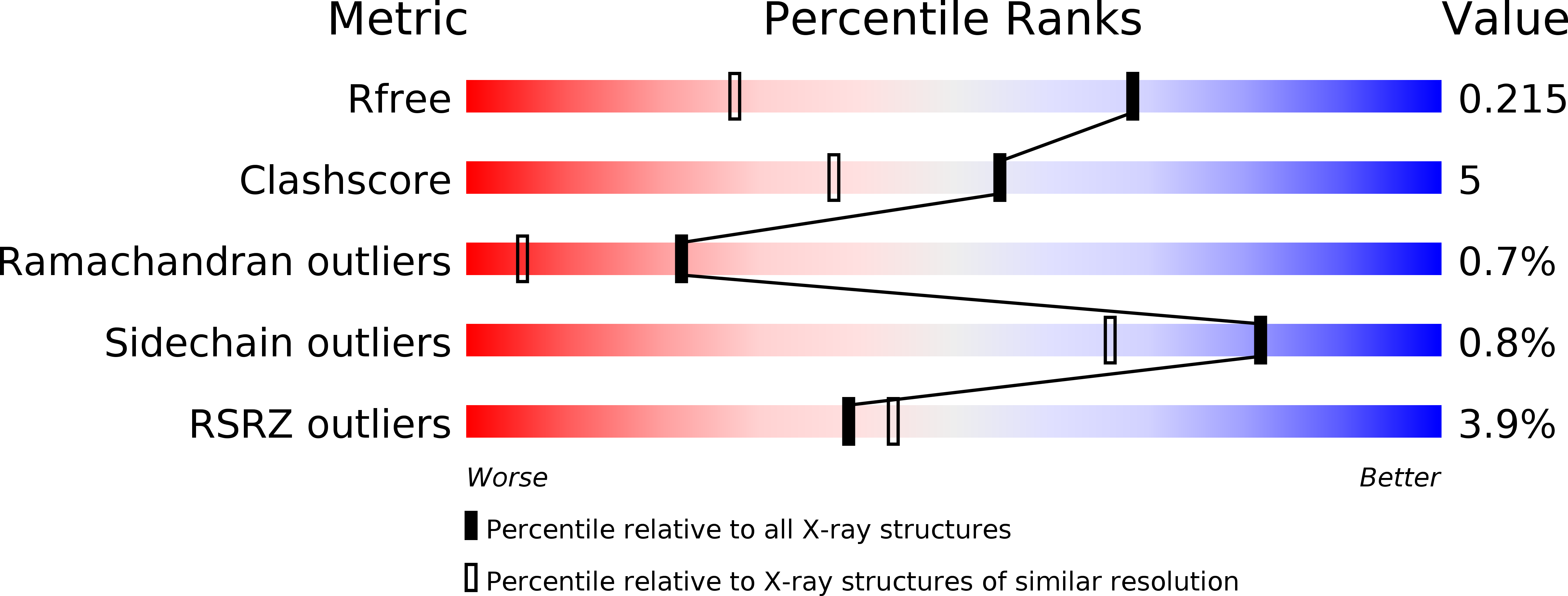
Deposition Date
2016-10-09
Release Date
2017-02-08
Last Version Date
2024-05-08
Entry Detail
PDB ID:
5M1M
Keywords:
Title:
Crystal structure of matrix protein 1 from Influenza C virus (strain C/Ann Arbor/1/1950)
Biological Source:
Source Organism:
Influenza C virus (strain C/Ann Arbor/1/1950) (Taxon ID: 11553)
Host Organism:
Method Details:
Experimental Method:
Resolution:
1.50 Å
R-Value Free:
0.21
R-Value Work:
0.18
R-Value Observed:
0.18
Space Group:
C 1 2 1


